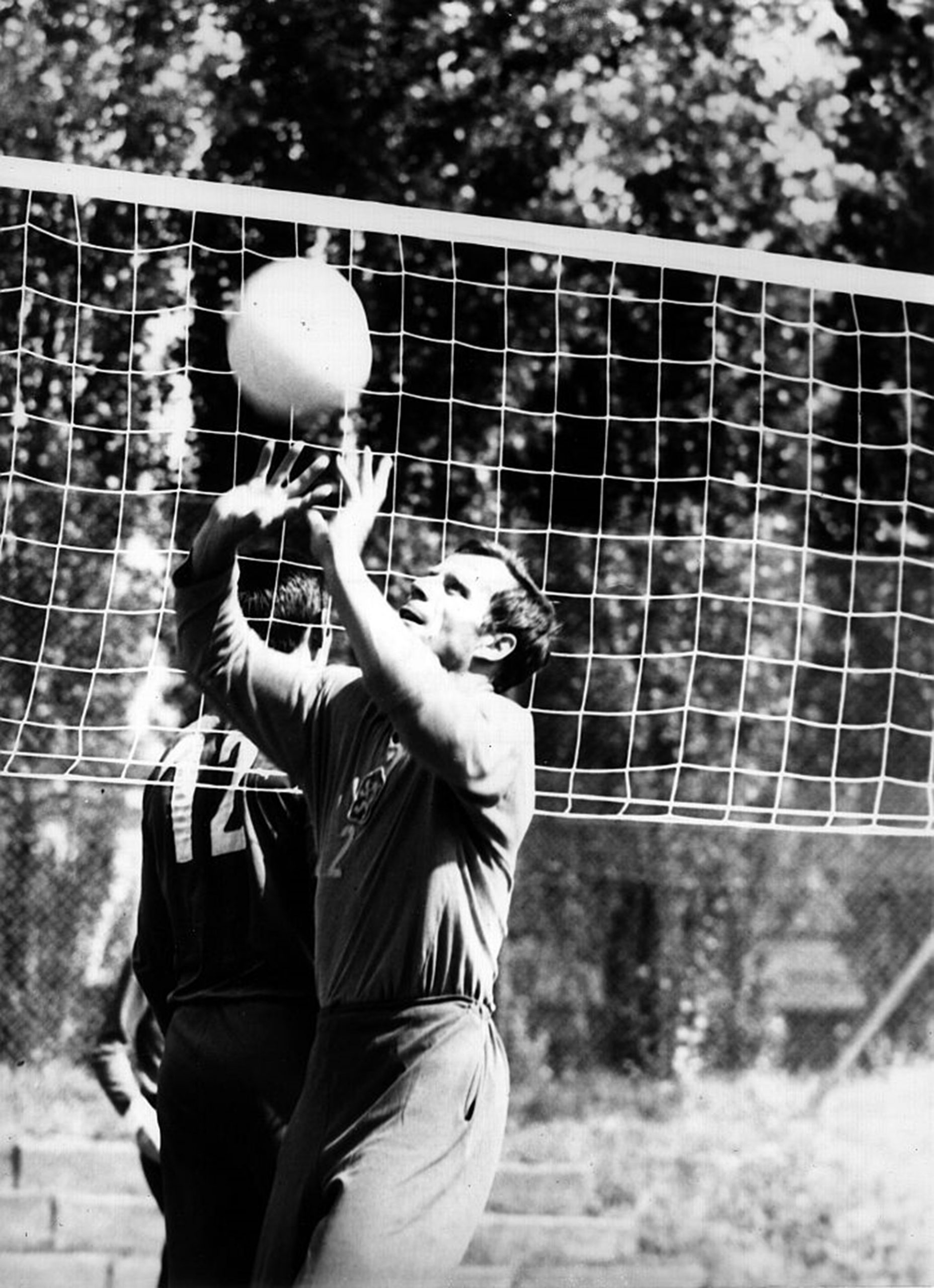In a series of upcoming stories, we will review 50 years of CEV’s history, thus providing readers with a better understanding of our roots, of where we stand right now and what European Volleyball will be looking like in the future.
Today, we start from where it all began – even from a bit of a controversy. Obviously, Volleyball has existed in Europe for far longer than 50 years, with the first continental championship organised in 1948 and 1949 for men and women, respectively. If you were to go through some old CEV newsletters, you would find a reference to a General Assembly which founded the CEV back on October 21, 1963. This is not completely right, and by rectifying this information, we will explain why the CEV turns 50 this year – and not 60!
Back in 1963, the FIVB decided indeed to establish a series of Commissions, including the European Sports Commission (ESC) responsible for the governance of Volleyball on a continental level. At that time, the ESC counted 18 members – and more specifically the National Federations of Belgium, Bulgaria, Czechoslovakia, East Germany, France, Greece, Hungary, Italy, Luxembourg, the Netherlands, Poland, Portugal, Romania, Soviet Union, Spain, Sweden, Türkiye, and Yugoslavia.

Czechoslovakia’s Josef Musil was among the major stars in the early days of European Volleyball, even before the CEV was established in 1973
Ten years later, when the CEV was officially established as such in The Hague, the number of member Federations had already grown to 28.
If we were to check the development with each decade and subsequent anniversary, the figure stood at 34 in 1983, 52 in 1993, 55 in 2013 – and now at 56. Obviously, the map of Europe underwent many major changes in the early 90s following the break-up of the former Soviet Union and Yugoslavia and the emergence of independent states. What does stand out, however, is that Volleyball has developed tremendously at all levels since those early days back in the early 70s.
The game, invented by William G. Morgan in the USA in 1895, quickly spread across the globe – but it did take a while – until 1947 and 1973, respectively – for a World Volleyball Federation (FIVB) and a European Volleyball Confederation (CEV) to be established. As we mentioned, the first continental championships took place in 1948 and 1949.
As the standout member of a legendary team, Josef Muzil from Czechoslovakia was a major star in those early days of European Volleyball – becoming a two-time World (1956, 1966) and two-time European champion (1955, 1958).
The first such championship, gathering both men and women, run under the CEV’s umbrella was held in October of 1975 in the former Yugoslavia, with matches contested in Banja Luka, Kraljevo, Negotin, Rijeka, Skopje, and Subotica before Belgrade welcomed the finals which crowned the Soviet Union as the winners of both tournaments. Interestingly, the roster of the Yugoslav team that finished the men’s tournament in third place included some familiar names – current CEV President Aleksandar Boričić, Milos Grbić – whose sons Vladimir and Nikola won Olympic gold in 2000, and Ivica Jelić, whose daughter Barbara was a major star of the game especially in the late 90s.
In the coming weeks, we will reveal and share some interesting stories from 50 years of European Volleyball… Stay tuned!



